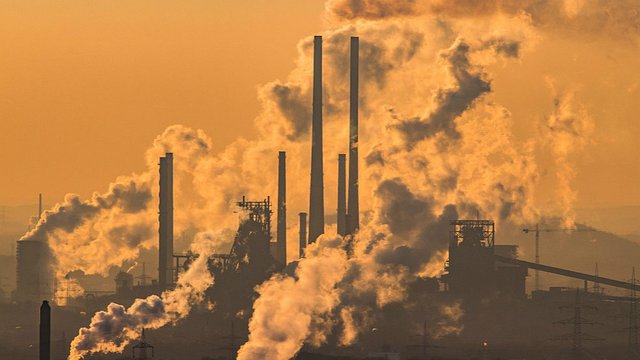



All major cities in Ireland are in coastal locations subject to tides, any significant rise in sea levels will have major economic, social and environmental impacts. Sea level is projected to continue to rise at this rate or greater. The rate of global sea level rise for 2006–2015 of 3.6 mm per year, is unprecedented over the last century, and about 2.5 times the rate for 1901–1990. Projections indicate a substantial increase in the frequency of heavy precipitation events in Winter and Autumn (approx. Significant reductions are expected in average levels of annual, spring and summer rainfall. Ireland has seen an increase in average annual national rainfall of approximately 60mm or 5% in the period 1981-2010, compared to the 30- year period 1961-1990. The number of warm days is expected to increase and heat waves are expected to occur more frequently. By the middle of this century (2041 – 2060) the average annual temperatures are projected to increase by between 1–1.2℃ and 1.3–1.6℃ depending on the emissions trajectory. Ireland's climate is changing in line with global trends, with a temperature increase of, on average, 0.8☌ compared with 1900. Observed and Projected Climate Change Temperature Trend Though climate change projections, like all projections of the future, are subject to uncertainty, the latest climate modelling projections for Ireland are in broad agreement with previous research. At current levels of global greenhouse gas emissions, the world remains on course to exceed the Paris Agreement’s temperature thresholds of either 1.5☌ or 2☌ above pre-industrial levels.Ĭlimate change not only means changes in the average climate such as temperature but also changes in the frequency and intensity of extreme weather and climate events. What impact will climate change have on Ireland?Ĭlimate science is clear - human activities are estimated to have caused approximately 1.0☌ of global warming above pre-industrial levels with a likely range of 0.8☌ to 1.2☌.


 0 kommentar(er)
0 kommentar(er)
